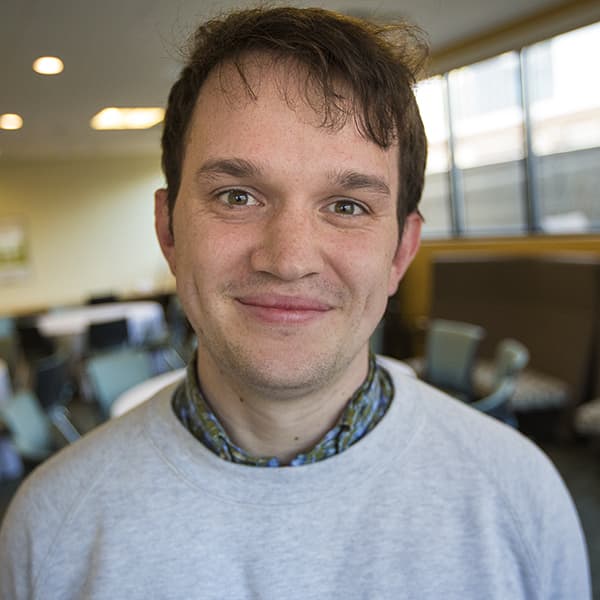Advertisement
Parents and educators push back against proposed move of Boston's O'Bryant School
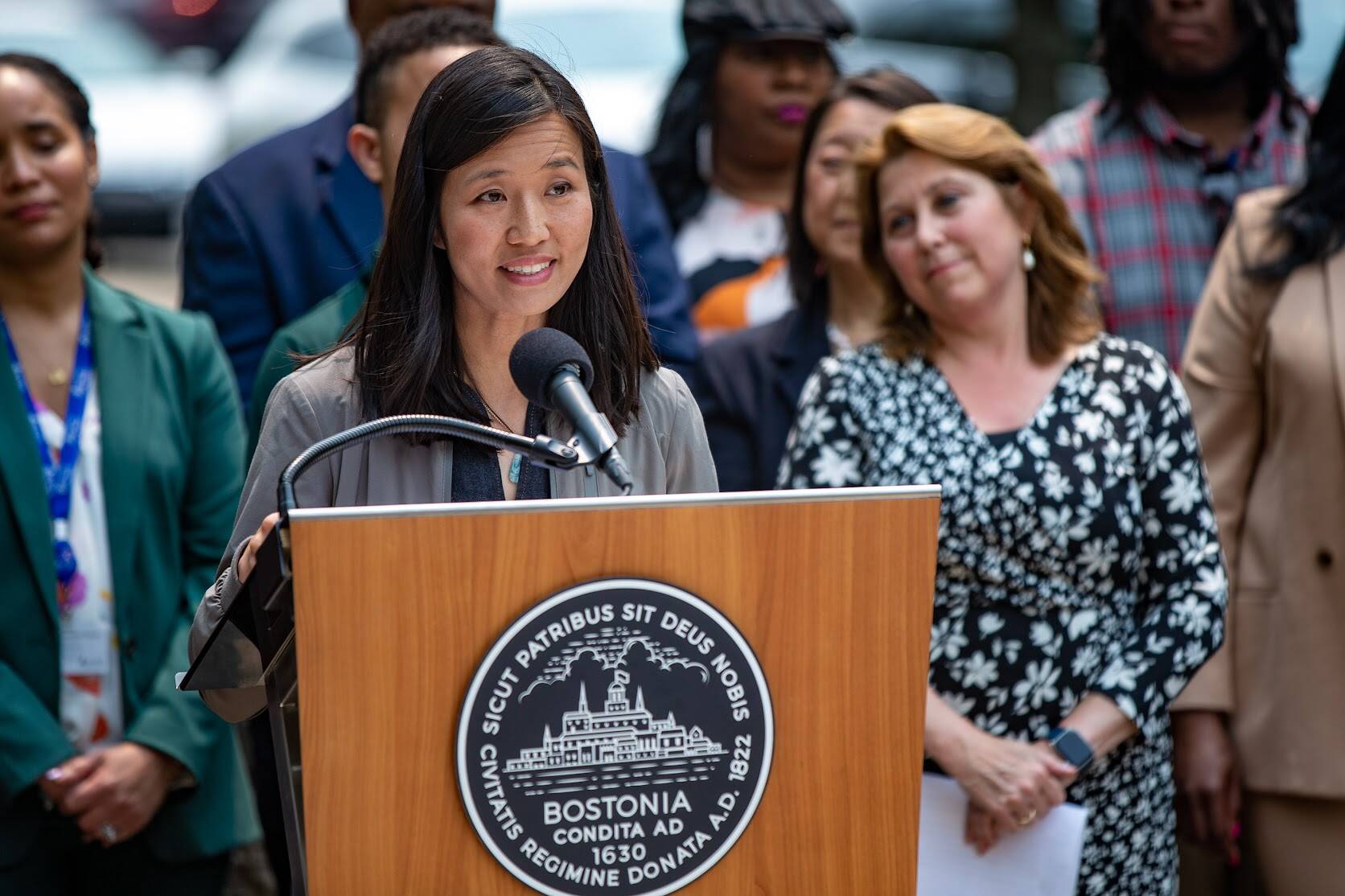
At a news conference earlier this month, Boston city officials announced with great fanfare the plan to move the O’Bryant School of Math & Science from a central location in Roxbury to the former West Roxbury Education Complex seven miles away.
Standing outside the exam school on Malcolm X Boulevard, Boston Public Schools Superintendent Mary Skipper and Mayor Michelle Wu underlined the space constraints at O’Bryant’s current building and celebrated the prospect of the relocation, which would allow for more seats and updated facilities.
They were joined by Richard O’Bryant, son of the school’s namesake. “Our beloved school will have a state-of-the-art facility, cutting-edge research laboratories, and expansive arts and athletic resources,” he said that day. “We look forward to the ribbon-cutting ceremony.”
But many educators and families at the school don’t share the enthusiasm about the prospective move.
While they acknowledged the need for more space, they raise concerns about a variety of potential consequences, like a decline in student diversity, the disruption of community partnerships and longer commutes for both students and staff.
Many were especially troubled by what they described as a lack of community engagement ahead of the announcement.
“We were, as a community, blindsided by the decision — which I think was intentional,” O’Bryant parent Rahul Dhanda said in an interview.
Dhanda, who has one son in the seventh grade at the school and another son who just graduated in June, said the city missed out on “two layers” of important community engagement: one with the school community, and the other with city residents at large.
“If a proposed move to a very distant part of the city — that approximates a suburb more than a city environment — was under discussion, I think many more people would have engaged in the process,” he said. “There should have been open forums at the school.”
On Friday morning, a community group said it plans to protest the planned move, which it called "both stunning and insulting to the Afrikan/Black community," outside the O'Bryant school building.
Advertisement
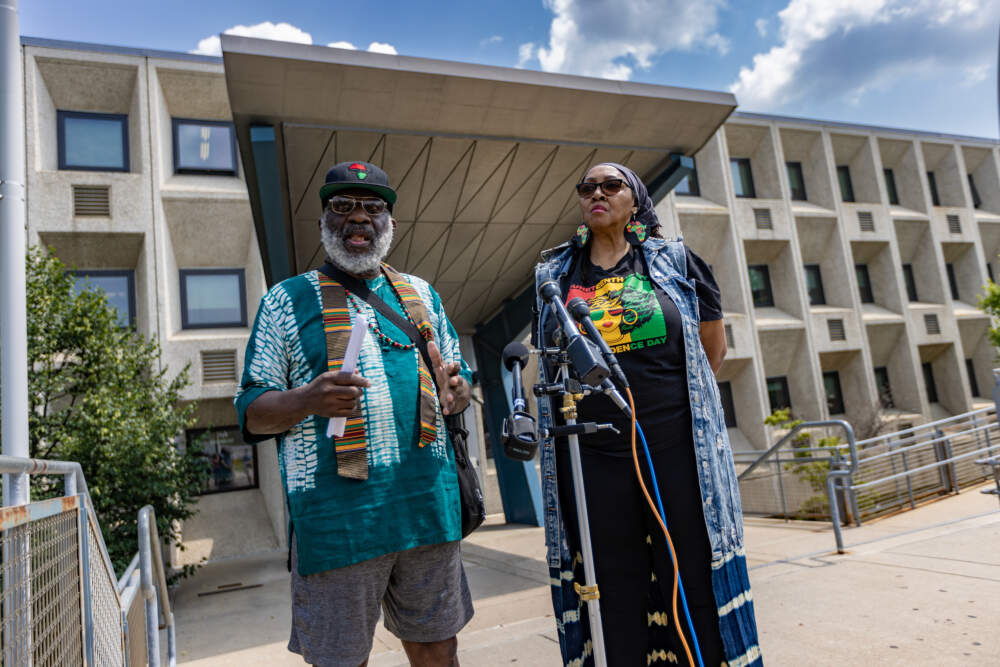
The gut renovation of the West Roxbury complex wouldn’t begin until early 2025, and Skipper told the Boston School Committee last week a planned reopening wouldn’t happen until fall 2026 at the earliest. District officials said it’s too early to estimate the cost of the proposed renovation, but that $18 million has been allocated for the project’s design phase.
Some educators at the O’Bryant say they first heard about the proposal in whispers circulating at the beginning of June.
Nicolette Pocius, an environmental science teacher, said she learned about the planned move from a parent, but dismissed it as “just a rumor.”
Gabriela Reny, an English teacher, said she was aware of “rumblings of something happening … that Mayor Wu really wanted to make good on her promise to update our buildings” as part of her Green New Deal for BPS.
But teachers said they did not receive official notice of the proposal until a remote, all-staff meeting with Skipper on June 5, just a day before the press conference.
Chris Madson, an English teacher at the O’Bryant, said Skipper’s presentation made the move sound like a foregone conclusion. “It felt like, ‘This is what’s happening, I’m giving you the heads-up,’ ” he said.
Educators were told there will be at least two opportunities to discuss the issue with district staff before the end of the school year, including a public meeting with the BPS capital planning team on the evening of June 20, conducted remotely.
But many bristled at being caught off guard by abrupt news of such a big change, and without a chance to give input beforehand.
“I feel like decisions are being made without the most important people in the room: the students, the faculty, the staff,” said Nisa Harrison, a math teacher at the O'Bryant currently on leave. “How do you feel in a community if you’re constantly being told what’s going to happen?”
The planned relocation needs approval from the Boston School Committee. A vote has not been scheduled yet. Max Baker, a BPS spokesman, said it would take place “within the next school year.”
Baker added that, prior to the move, Skipper and Wu spoke with current and former O’Bryant school leaders, alumni and students, who stressed the need for more space and upgraded laboratories and technology centers. Baker said the district will continue to weigh the proposed move’s effects on underserved populations.
Rationale for West Roxbury
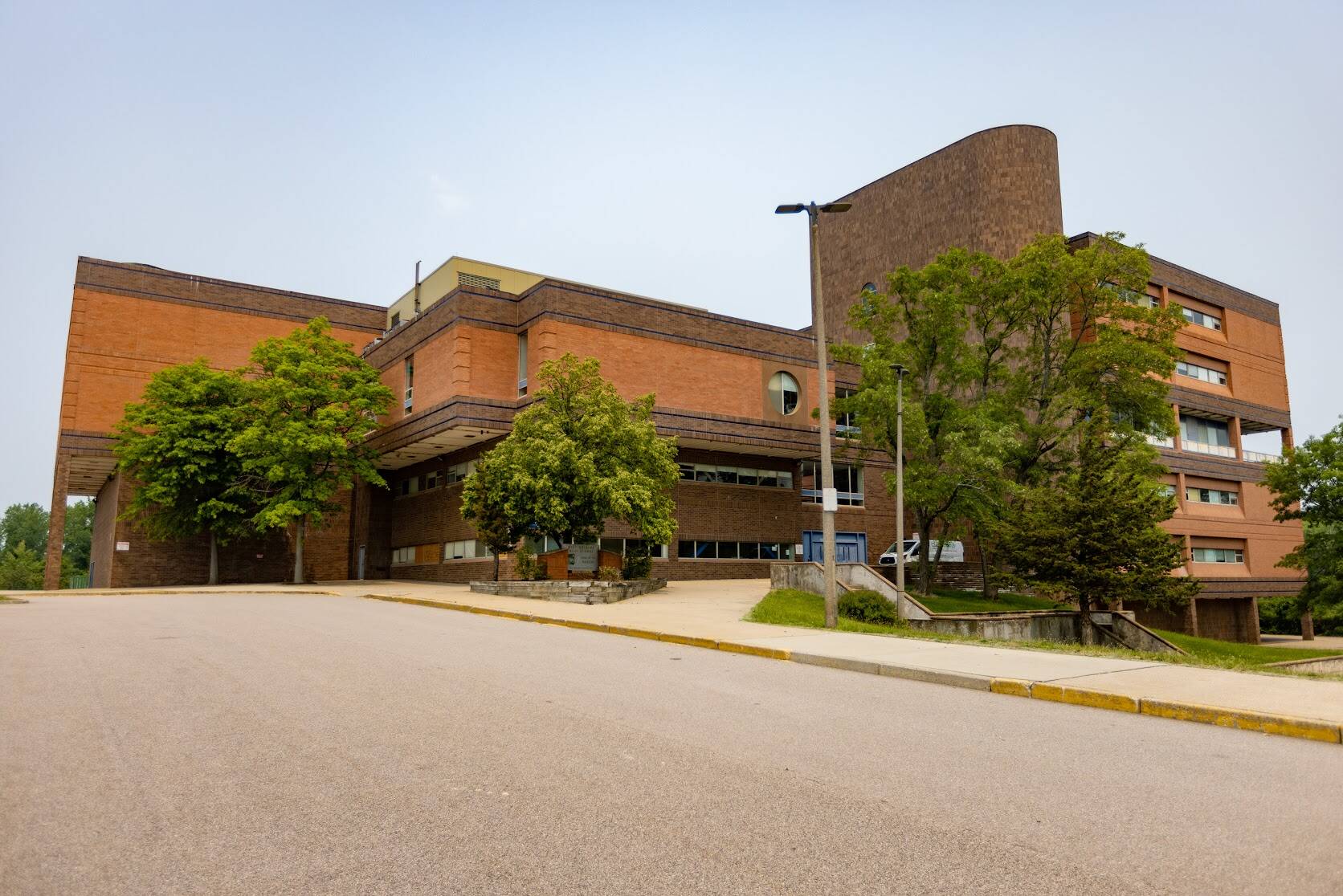
City officials have explained their choice of the West Roxbury Education Complex in terms of both simple necessity and the building’s size and amenities.
The complex along the V.F.W. Parkway was shuttered in June 2019, displacing over 500 non-graduating students from two schools, West Roxbury Academy and Urban Science Academy. At the time, students and staff complained that that closure felt rushed and less than transparent.
Wu told reporters that once renovated, the large West Roxbury campus would allow the O’Bryant to expand by around 400 seats and add programming, including classes in electrical engineering. The new site would also grant the school access to existing athletic facilities at the site, including a swimming pool.
Skipper — who spent 17 years as a head of school and Boston school administrator, and served as Somerville’s superintendent before taking the reins at BPS last September — presented the West Roxbury site as the best option available.
“The O’Bryant is a very large school, so there’s only so many spaces that would accommodate it … to be able to get what it needs,” she said on a June 5 call with reporters.
The O’Bryant has shared some classrooms and athletic facilities with the Madison Park Technical Vocational High School along Malcolm X Boulevard since 1987, when it moved from its former Townsend Street location, which is now occupied by Boston Latin Academy.
Though it’s the smallest of the city’s three exam schools, with just over 1,550 students, educators agree the O’Bryant is cramped inside its current building. “Every room is at capacity: 31 kids in every class,” said teacher Chris Madson. “Every teacher shares [classrooms]. There’s no space. And it’s a dreary building.”
But nearly a dozen educators and parents contacted for this piece wondered whether the city considered other sites a shorter distance away, including an empty parcel next to the current site; in Roxbury’s developing Newmarket Square; or on city-owned parcels along Melnea Cass Boulevard.
Some voiced concern the move would sever the ties that connect the O’Bryant to its immediate neighborhood in Nubian Square, a historically Black neighborhood of Boston, and neighboring institutions.
Pocius, the science teacher, noted that teachers can bring students to the Isabella Stewart Gardner Museum, Northeastern University and the New England Aquarium for workshops or field trips. “We’re able to just hop on the T and go,” she said.
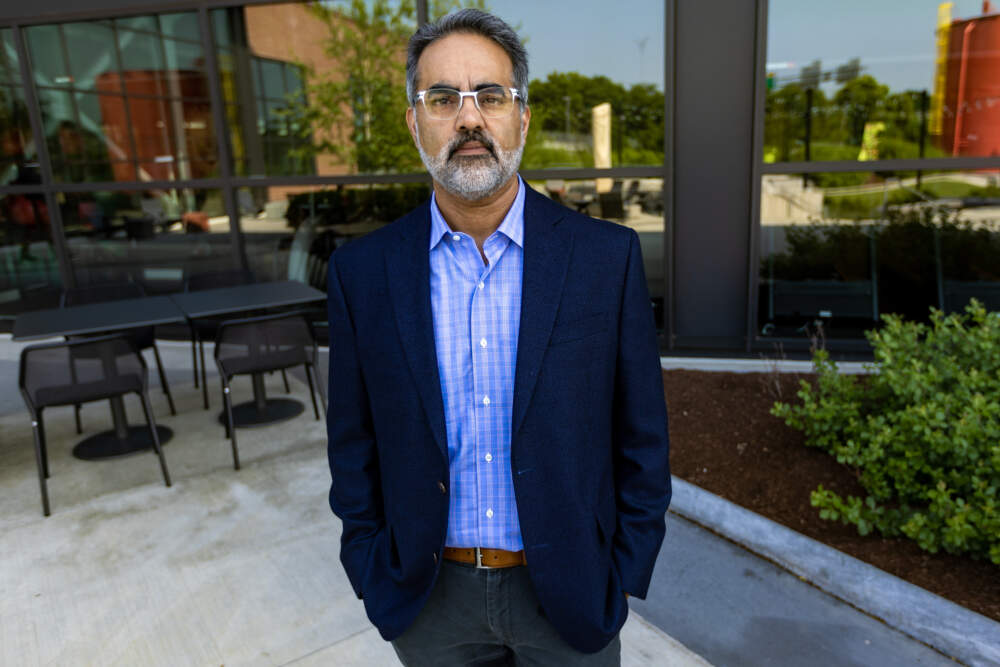
Dhanda suggested the city could renovate or rebuild a larger facility on the school’s current site, noting the “ecosystem” surrounding the O’Bryant.
Many students dual-enroll in courses at the Wentworth Institute of Technology, or study in Northeastern’s library, he said, and the school’s biomedical program has partnerships in the Longwood Medical Area. “Their facility isn’t just that school,” he said, “and these are resources that will be entirely inaccessible if they move.”
Above all, teachers and parents raised a number of concerns about moving a diverse school into a majority-white precinct.
With two-thirds of its students identifying as Black or Hispanic, the O’Bryant is by far the closest of Boston’s three exam schools to mirroring the district’s overall demographics. Nearly 20% of its students are Asian and 12% identify as white.
The school’s current census tract is roughly 41% white, whereas the proposed West Roxbury census tract is about 71% white.
After learning about the move, O’Bryant teachers conducted an analysis aggregating students by their home ZIP codes, which they shared with WBUR.
The analysis shows that only about 3% of current O’Bryant students hail from West Roxbury. Meanwhile, 9.3% of students come from East Boston. Teachers argue that the move would roughly double East Boston students’ average commute by public transit to around 90 minutes each way.
Because the O’Bryant draws students from throughout Boston, commutes can already feel long for some families. “I have kids waking up at 4:45, 5 o’clock in the morning to get here,” said teacher Gabriela Reny. “To tack on, at a minimum, 30 minutes to that commute feels like an enormous ask.”
Wu and Skipper have stressed that dedicated shuttles would be available from major T stops nearby to bring students to West Roxbury.
But Dhanda questioned that promise given the spotty reliability of both the MBTA and BPS school buses of late: “It’s hard to have confidence that we’re going to add yet another burden to the transportation system, and expect it to work,” he said.
The O’Bryant’s diverse student body was part of the reason Dhanda’s sons, who are Black, ranked it over the other exam schools. “It was important to them to have a place that was accepting,” he said.
Teacher Chris Madson said that, over the decades, O’Bryant has carved out a “special place” in the wider district by serving that diverse student body with comprehensive academics and extracurricular activities.
“It has what really good suburban schools have,” Madson said. “Part of what makes me so worried [about the move] is that we’d take that away from the community it’s intended for, and who most deserve it.”
This article was originally published on June 16, 2023.
This segment aired on June 20, 2023.
